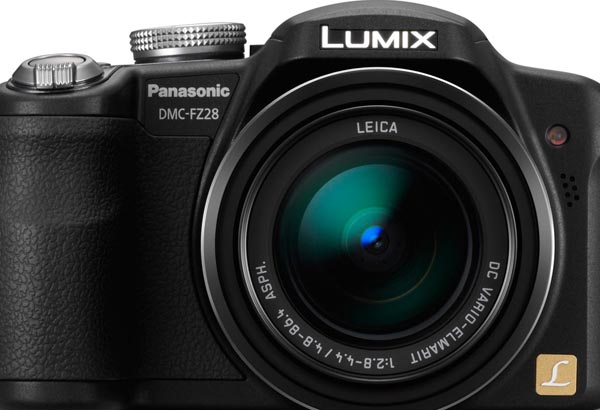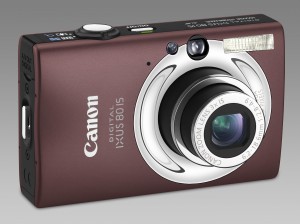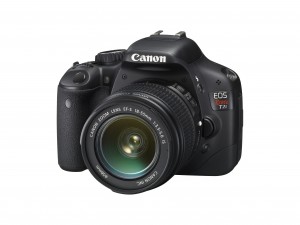
What is the aperture of our cameras? What is the use of setting a large or small one?
Let’s dive into those mysterious numbers and find out what they mean.
Think of the aperture as the opening of your lens. Light arrives and its photons are focused onto the sensor by the lens. The incoming analog signal gets then translated into digital numbers and written on the memory card.
Typical F stop numbers are: F1.4, F.1.8, F2, F2.8, F4, F5.6, F8, F11, F16, F22
As they get smaller, the opening in the lens gets larger. And vice versa.
The reason why this happens is because these numbers represent fractions of the diameter of the lens. For example F2 means that the entire diameter of the lens gets divided by 2. If we have a 50mm lens and we set F2 in the aperture settings, the opening of the lens will become 50/2 = 25mm. If now we set F4, the opening becomes 50mm/4=12.5mm. So setting a higher F number we obtained a smaller opening.
So whats the use of these numbers
As we create small apertures, the depth of field increases. Depth of field is the range of the scene that stays sharp and focused. As we set large apertures the depth of field decreases.
The amount of light entering the camera also gets affected. Small apertures bring less light into the camera. Large apertures bring more.
Therefore small apertures are useful for landscape photographers because they can keep vast extensions of space focused and sharp. However because less light is entering the camera, there is more danger of camera shake producing blurry images. That’s why landscape photographers tend to use a tripod to keep the camera firmly in place during the long exposures that they need to use to capture enough light when they use small apertures.
Large apertures are useful for portrait photography, where you want to focus on the face of the subject and blur the background to avoid it becoming a distraction. The small depth of field means that you can keep in focus the head of the person and blur all the rest behind the subject. Because by using a large aperture you are also bringing more light into the camera, large apertures are also easier to use without a tripod.
In Landscape photography small apertures are common. In fine art photography or commercial photography all ranges are used although larger apertures are common as fine art photographers and commercial photographers tend to work often in studios where the range of the scene that needs to be in focus is smaller than those who work with landscapes.
Think of the aperture of your lens as the channel through which light enters your camera. Light is that precious material of which the magic of your photos is made. With your aperture you can shape the amount of that magic that enters the camera and by doing so you affect other parameters such as the depth of field.






